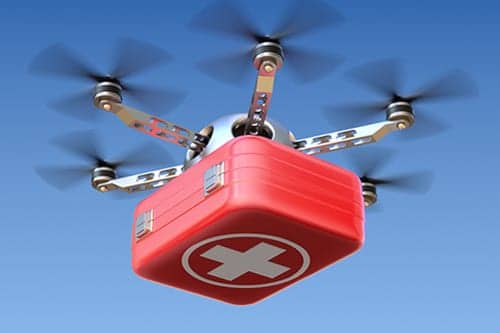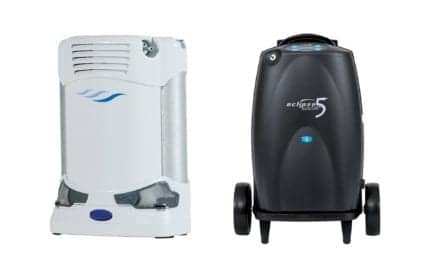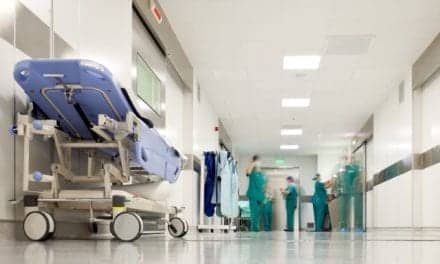In a study involving simulated out-of-hospital cardiac arrests, drones carrying an automated external defibrillator arrived in less time than emergency medical services, with a reduction in response time of about 16 minutes, according to a study published by JAMA.
Out-of-hospital cardiac arrest (OHCA) in the United States has low survival (8-10%), with reducing time to defibrillation as the most important factor for increasing survival. Drones can be activated by a dispatcher and sent to an address provided by a 911 caller and may carry an automated external defibrillator (AED) to the location so that a bystander can use it. Whether drones reduce response times in a real-life situation is unknown. Andreas Claesson, RN, PhD, of the Karolinska Institutet, Stockholm, Sweden, and colleagues compared the time to delivery of an AED using fully autonomous drones for simulated OHCAs vs emergency medical services (EMS).
A drone was developed and certified by the Swedish Transportation Agency and was equipped with an AED (weight, 1.7 lbs.) and placed at a fire station in a municipality north of Stockholm. The drone was equipped with a global positioning system (GPS) and a high-definition camera and integrated with an autopilot software system. It was dispatched for out-of-sight flights in October 2016 to locations where OHCAs within a 6.2 mile radius from the fire station had occurred between 2006 and 2014.
Eighteen remotely operated flights were performed with a median flight distance of about two miles. The median time from call to dispatch of EMS was 3:00 minutes. The median time from dispatch to drone launch was 3 seconds. The median time from dispatch to arrival of the drone was 5:21 minutes vs 22:00 minutes for EMS. The drone arrived more quickly than EMS in all cases with a median reduction in response time of 16:39 minutes.
“Saving 16 minutes is likely to be clinically important. Nonetheless, further test flights, technological development, and evaluation of integration with dispatch centers and aviation administrators are needed,” the authors write. “The outcomes of OHCA using the drone-delivered AED by bystanders vs resuscitation by EMS should be studied.”
Limitations of the study include the small number of flights over short distances in good weather.










